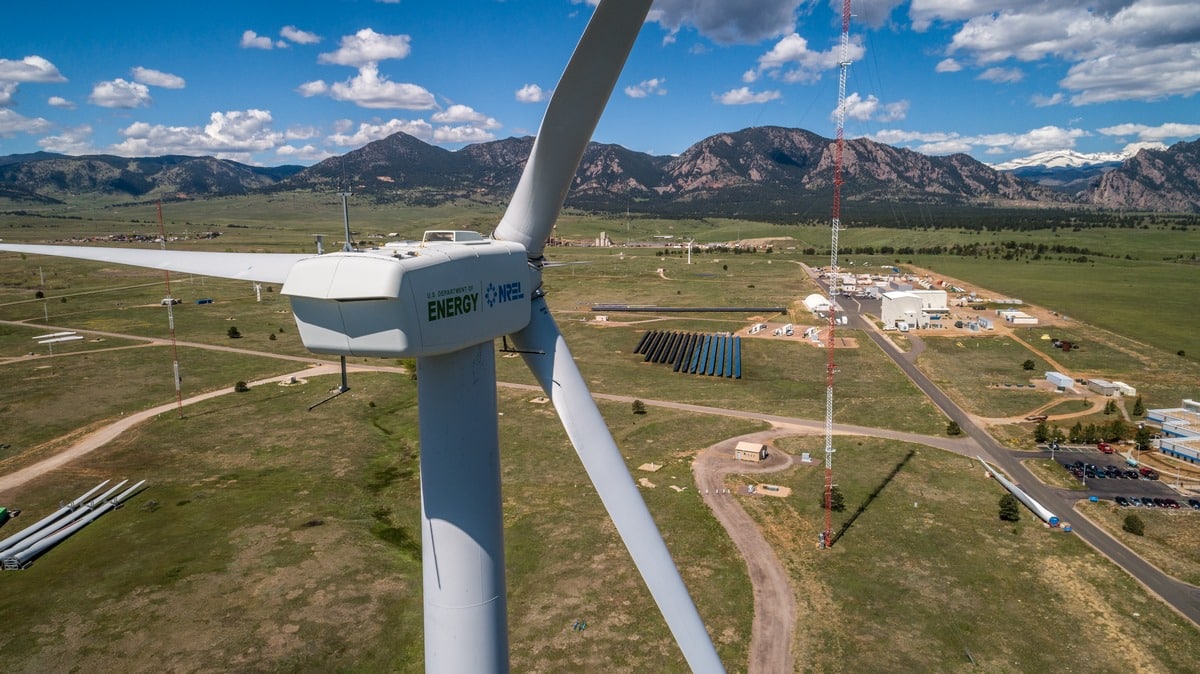
 Ontario’s Independent Electricity System Operator released its annual “Electricity Data” report on Tuesday, and it breaks down the supply mix in 2015, 2014 and 2013. On the surface there hasn’t been a big shift over the past three years. We see that nuclear and hydro output has been fairly consistent. Natural gas generation was up slightly in 2015 compared to 2014, but was still lower than 2013 levels. Coal has been completely phased out, but at only 2 per cent of the mix in 2013 it wasn’t a dramatic change.
Ontario’s Independent Electricity System Operator released its annual “Electricity Data” report on Tuesday, and it breaks down the supply mix in 2015, 2014 and 2013. On the surface there hasn’t been a big shift over the past three years. We see that nuclear and hydro output has been fairly consistent. Natural gas generation was up slightly in 2015 compared to 2014, but was still lower than 2013 levels. Coal has been completely phased out, but at only 2 per cent of the mix in 2013 it wasn’t a dramatic change.
Wind as a share of the electricity mix has doubled to 6 per cent since 2013. Electricity from biofuels more than doubled, but still represents less than 1 per cent of the mix.
Then there’s solar. Looking at 2013 data, you might be confused to see Ontario didn’t have any solar on the grid. A teeny weeny bit appeared in 2014 and that increased 14-fold in 2015, but still represented a measly .25 terawatt-hours of electricity in a system that generates 154 terawatt-hours a year. In other words, a rounding error.
It’s a misleading figure, and it makes solar look like an insignificant contributor to Ontario’s electricity system, which couldn’t be further from the truth.
So what’s the deal? The above figures are for transmission-connected generation, meaning only the biggest solar projects connected directly to the transmission system are recognized. Those projects total 140 megawatts on a grid with 27,000 megawatts of capacity.
But look under the hood and you see something quite different. When accounting for solar that is connected to the local distribution system, the figure is an impressive 1,766 megawatts.
“So over 90 per cent of solar in Ontario isn’t being included in their annual figures,” points out Keith Stewart from Greenpeace Canada. “If we did include it all, solar would be about 2 per cent of total generation. It’s a clear example of how conventional power-sector thinking is blinded to the role of renewables and the evolution towards a more decentralized grid.”
In other words, this so-called “embedded” solar generation is making a big difference, especially during times of summer peak demand when the sun is shining strong and air conditioning loads put stress on the grid.
SOURCE: CLEAN | BREAK – Read entire story here.







